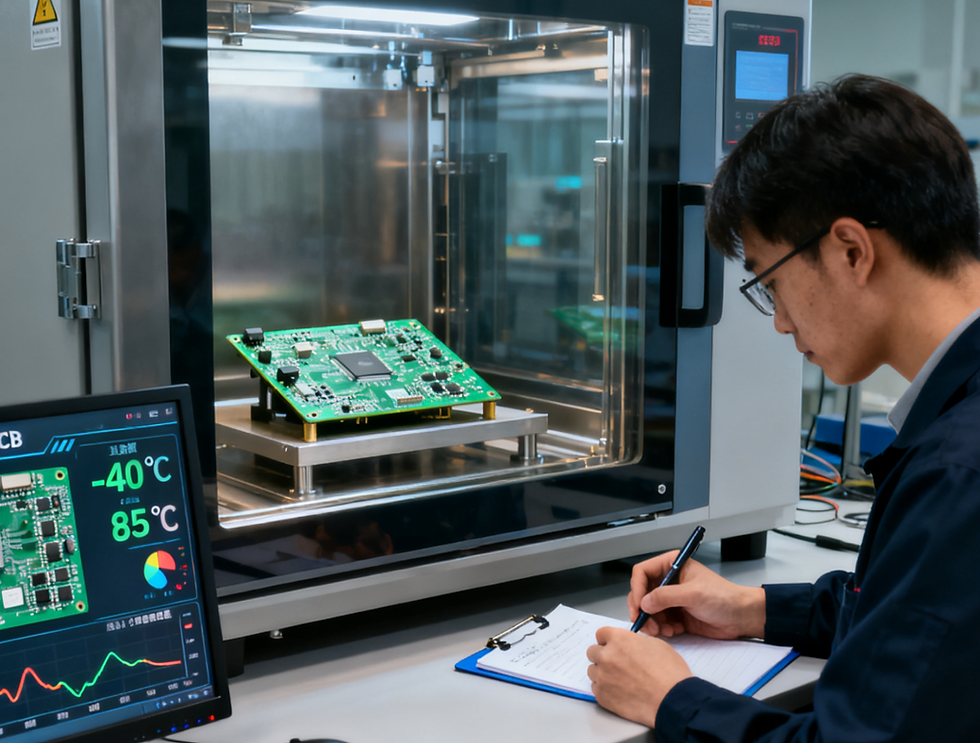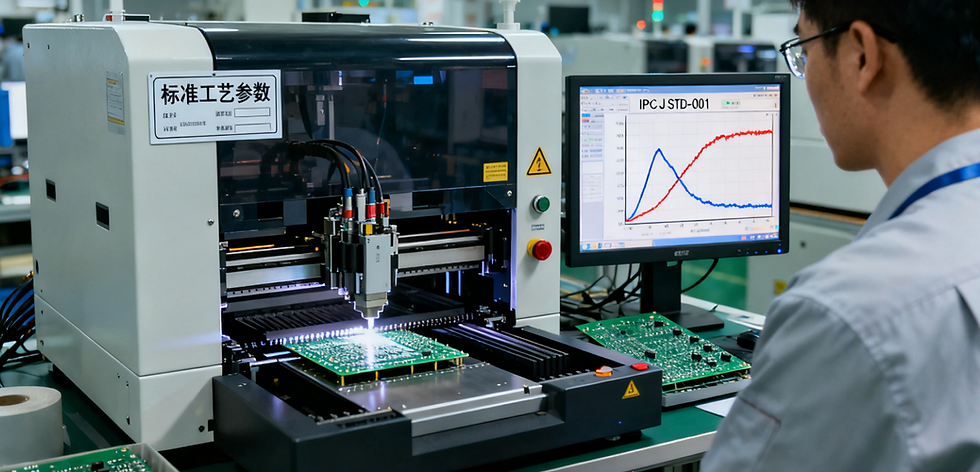Flexible PCBs: The Future of Wearable Technology
- PCB H/S Engineer
- Sep 19, 2024
- 2 min read
In the rapidly evolving world of wearable technology, flexibility, durability, and seamless integration are paramount. Enter Flexible Printed Circuit Boards (FPCBs), a groundbreaking innovation that is reshaping the landscape of electronic design and manufacturing. As we continue to push the boundaries of what wearables can achieve, FPCBs are at the forefront, enabling devices that are not only functional but also comfortable and adaptable to the human form.
What are Flexible PCBs?
Flexible PCBs are a type of circuit board that can bend, twist, and conform to various shapes without compromising performance. Unlike traditional rigid PCBs, FPCBs are made from flexible plastic substrates such as polyimide, which allows them to fit into spaces where conventional circuit boards cannot. This unique characteristic makes them ideal for applications in wearable technology, medical devices, and even aerospace, where space and form factor are critical.
Why Flexible PCBs are Ideal for Wearables
Wearable technology demands components that are lightweight, thin, and capable of enduring constant movement. FPCBs meet these requirements perfectly. Their flexibility ensures that devices can be designed to follow the natural contours of the body, providing a more comfortable and unobtrusive user experience. Whether it's a fitness tracker wrapped around a wrist or a smart patch monitoring vital signs on the skin, FPCBs enable designs that are not only innovative but also practical.
The Advantages of Flexible PCBs in Wearable Tech
Enhanced Durability: FPCBs are more resistant to mechanical stress and vibration compared to rigid boards, making them ideal for wearables that are subjected to daily wear and tear.
Lightweight and Compact: The thin and lightweight nature of FPCBs allows for the development of ultra-compact devices, a crucial factor for wearables where size and weight significantly impact user comfort.
Improved Reliability: With fewer interconnects and solder joints, FPCBs offer higher reliability, reducing the risk of failure due to broken connections, which is a common issue in wearable devices.
Design Flexibility: FPCBs enable designers to explore new form factors, such as foldable, rollable, and stretchable devices, paving the way for next-generation wearables that can transform how we interact with technology.
Challenges and the Road Ahead
While FPCBs offer numerous advantages, there are challenges to consider. Manufacturing complexity, cost, and the need for specialized equipment are barriers that need to be addressed. However, as demand for wearable technology continues to grow, so does the investment in research and development of FPCBs. Innovations in materials and manufacturing processes are making these components more accessible and cost-effective, ensuring that they will play a pivotal role in the future of wearable technology.
Conclusion
Flexible PCBs are not just a technological advancement; they are a key enabler for the future of wearable technology. As we look towards a world where smart devices are seamlessly integrated into our daily lives, FPCBs will continue to be at the heart of this transformation, driving innovation and redefining what is possible in electronic design.
In a world that demands more from our technology, Flexible PCBs are proving to be not just a solution, but the future.



Comments